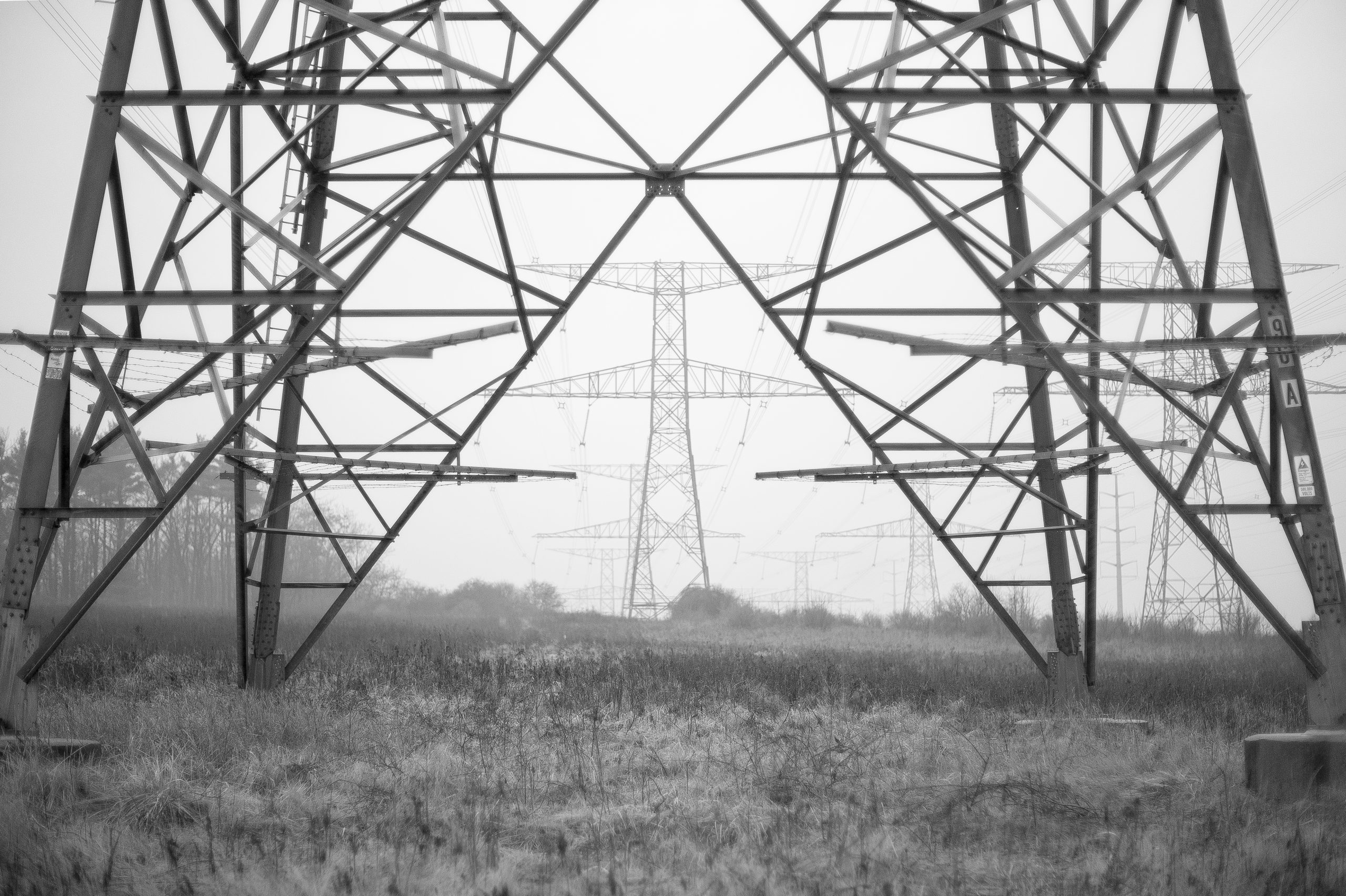In March 2013 I completed a course entitled Conceptual Photography at the Ontario Centre for Arts & Design. A different focus than other photography courses or workshops I have attended; it was conceptual as promised. Ultimately the course was about the process and not specific technologies or techniques. The end result — the outcome — of the process is a portfolio of some 10-20 photographs, although the number is really not important nor is it important that photographs be the final medium of communications.
My starting point was transmission towers. Those structures used to convey the power that drives our daily life.
Like many other forms of photography the portfolio should communicate some message, which of course is up to the author to determine. A subject is established in the context of the author’s likes, dislikes, passions and beliefs. Again, this is like most other art forms that, without feeling, emotion or passion, the result is flat. By developing a portfolio one is implicitly stating that no single image needs to convey a message on its own; the package should.
The process then starts within the portfolio context then: a subject is selected; it is researched; ideas are developed, they evolve, they turn, they mature, they change. The subject is focused, the message refined. The great difficulty is narrowing the focus; not biting off more than can be chewed.
This study was driven by a course offered at OCAD (Ontario Centre for Arts and Design). The foundation of the course was the a process of exploration and refinement.
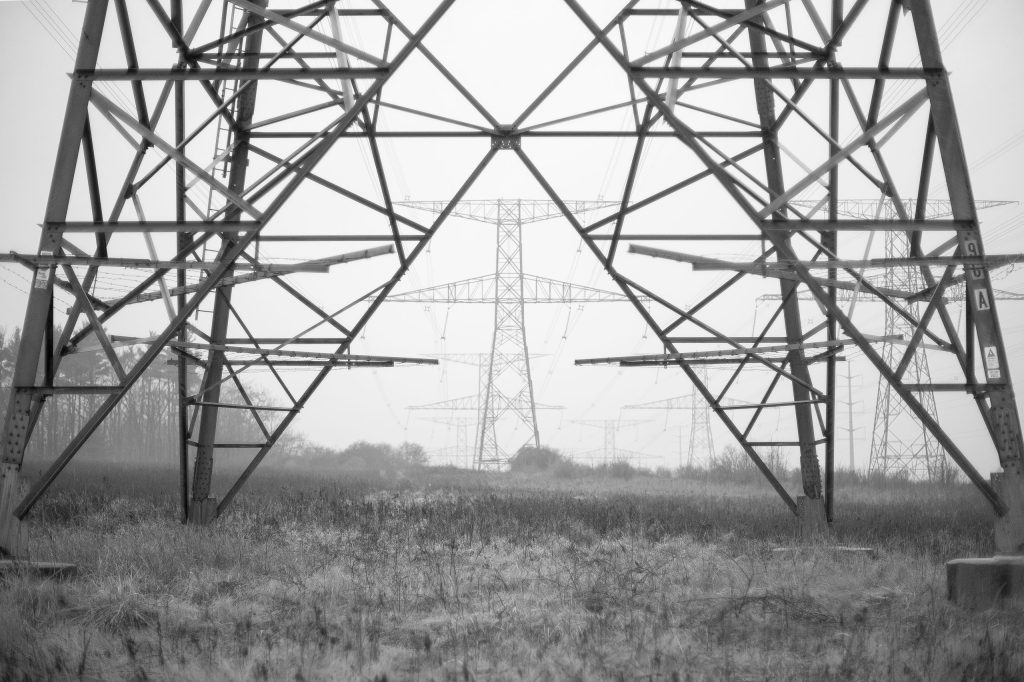
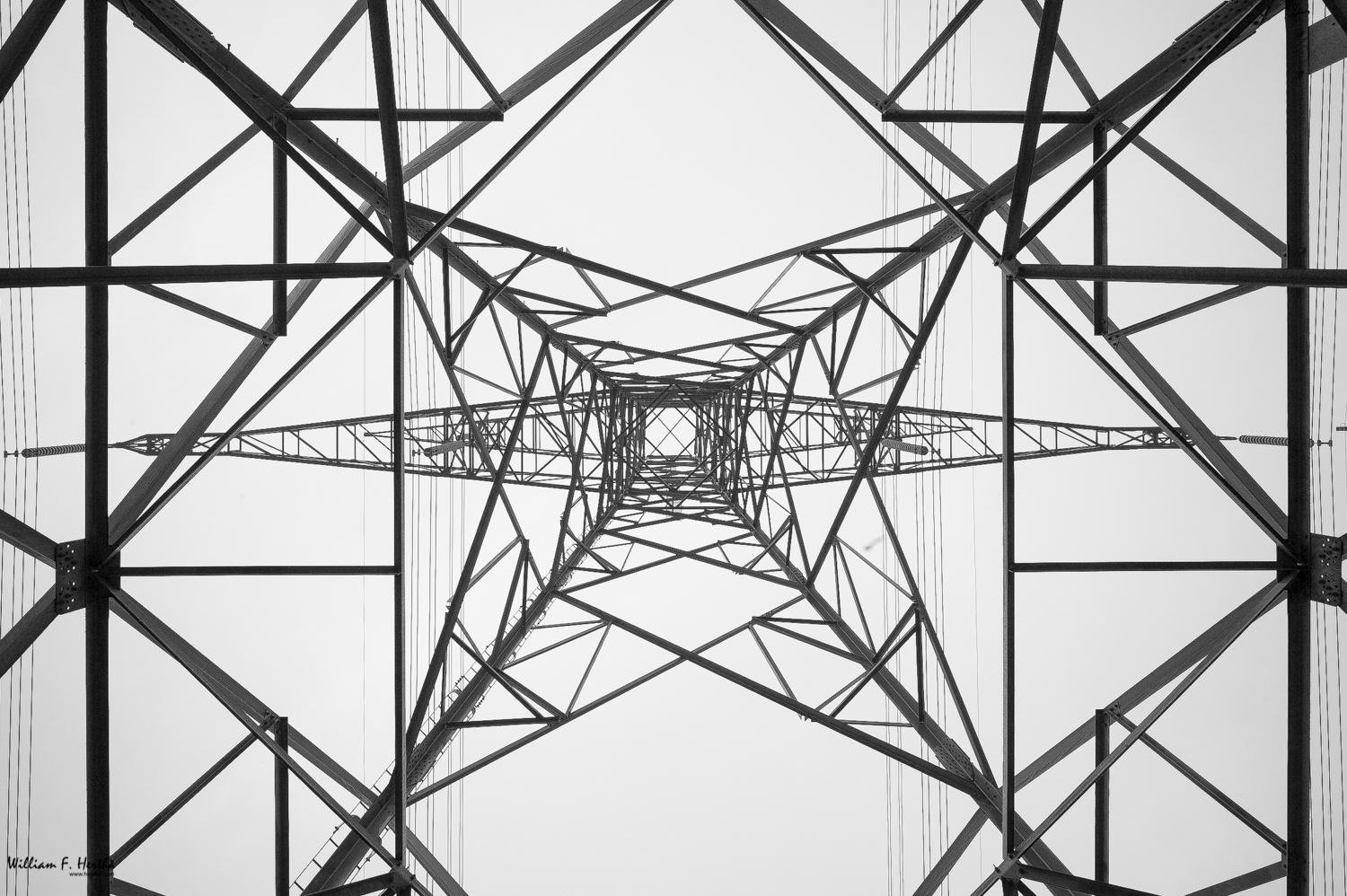
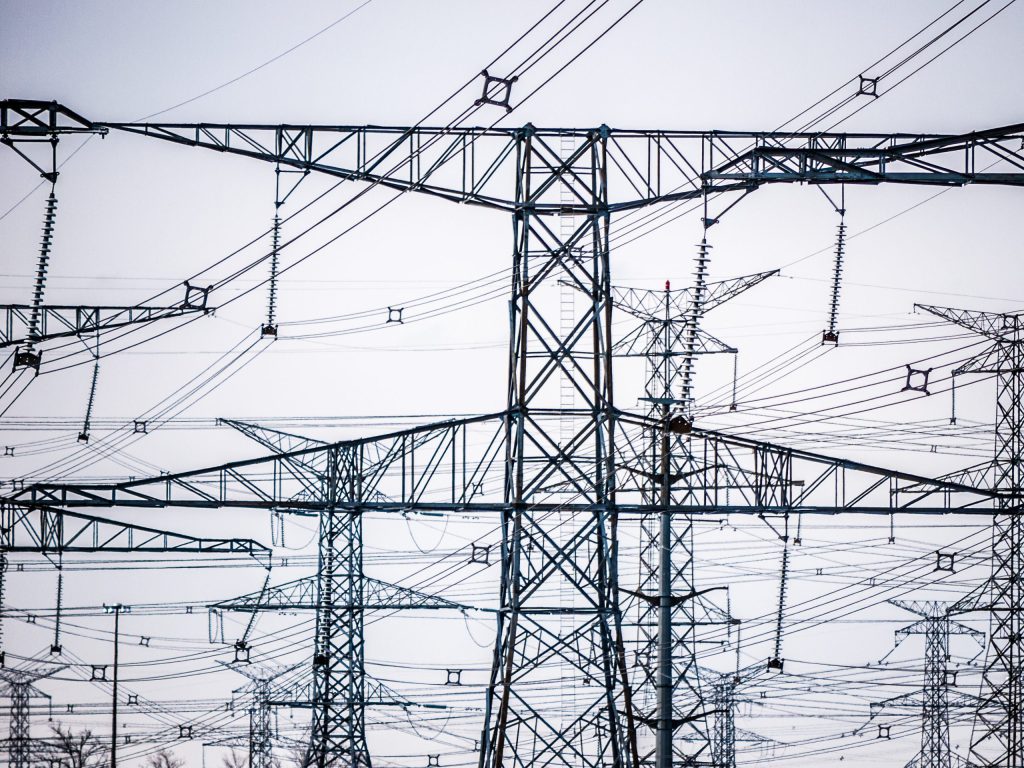
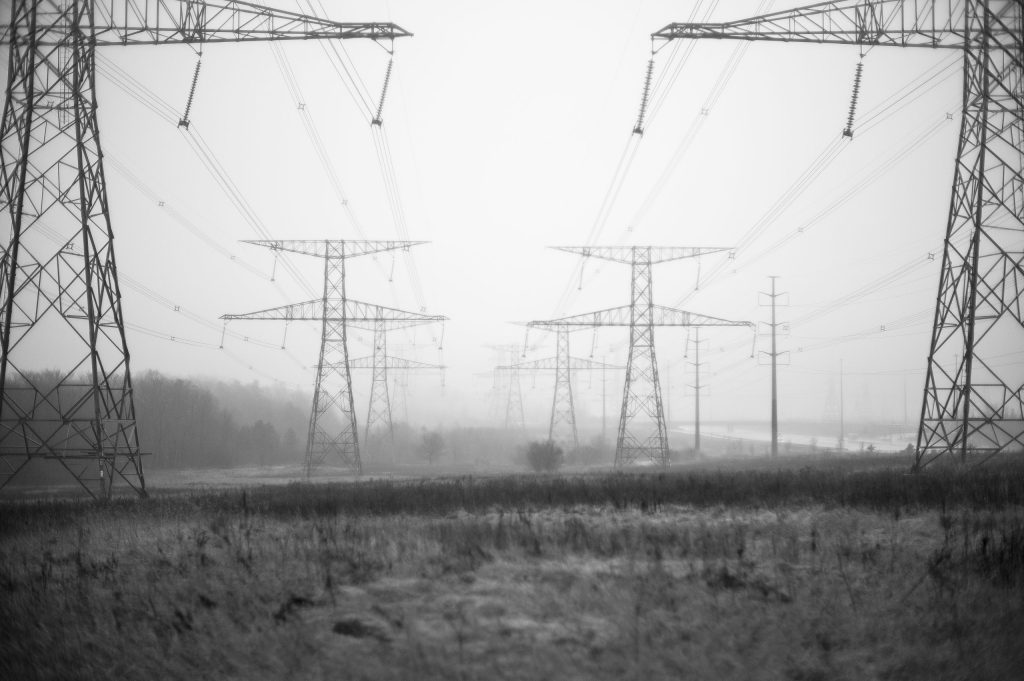
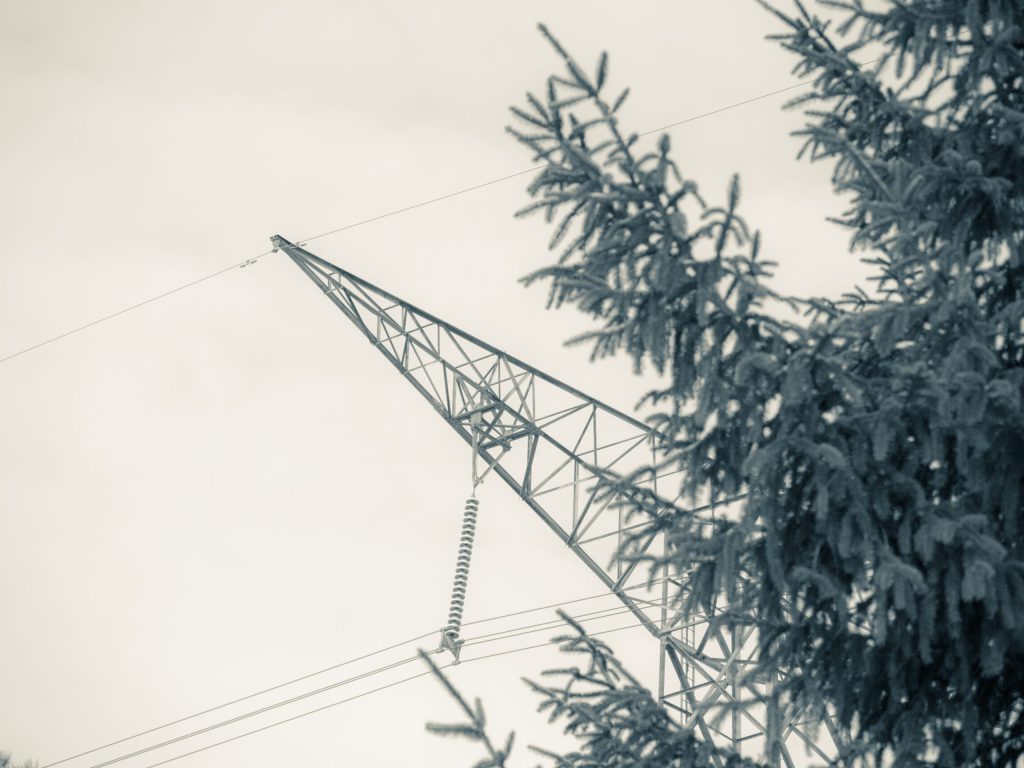
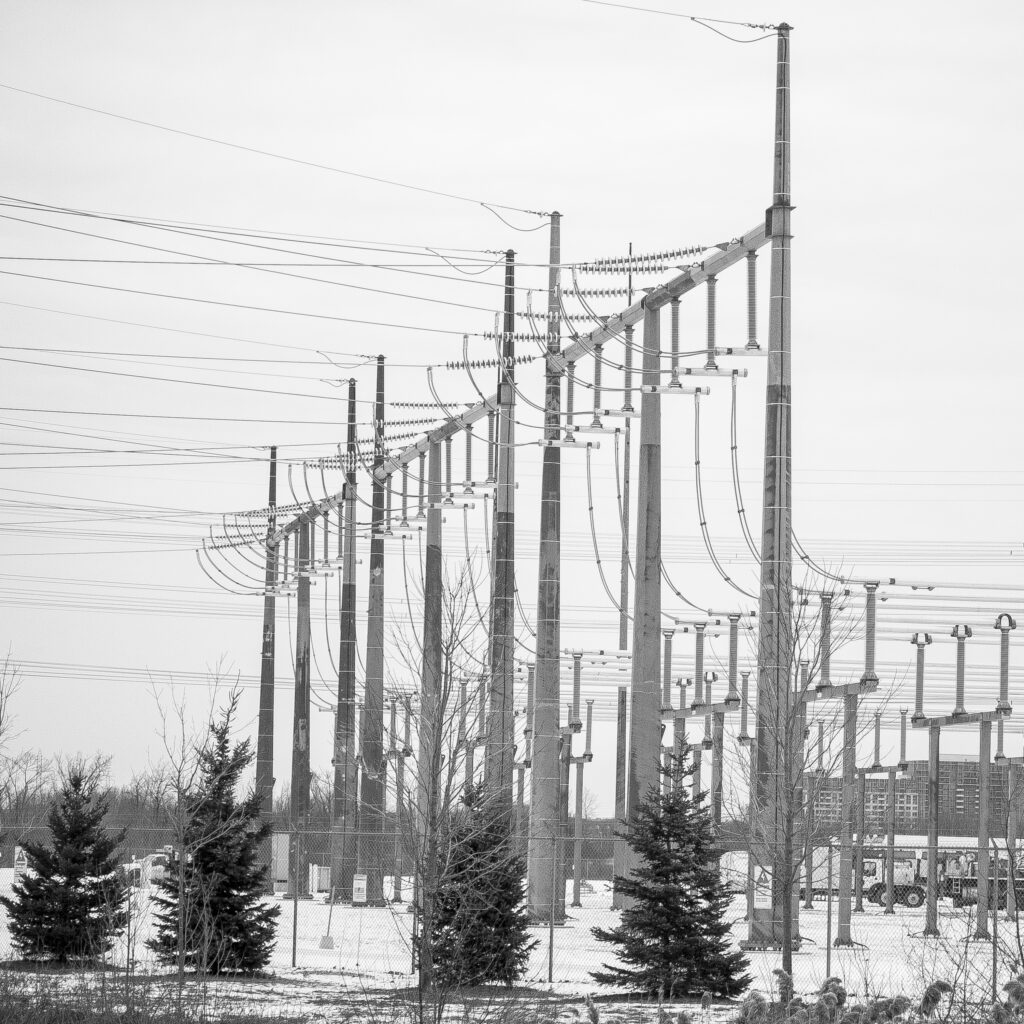
Blog Entries
-
Conceptual Photography
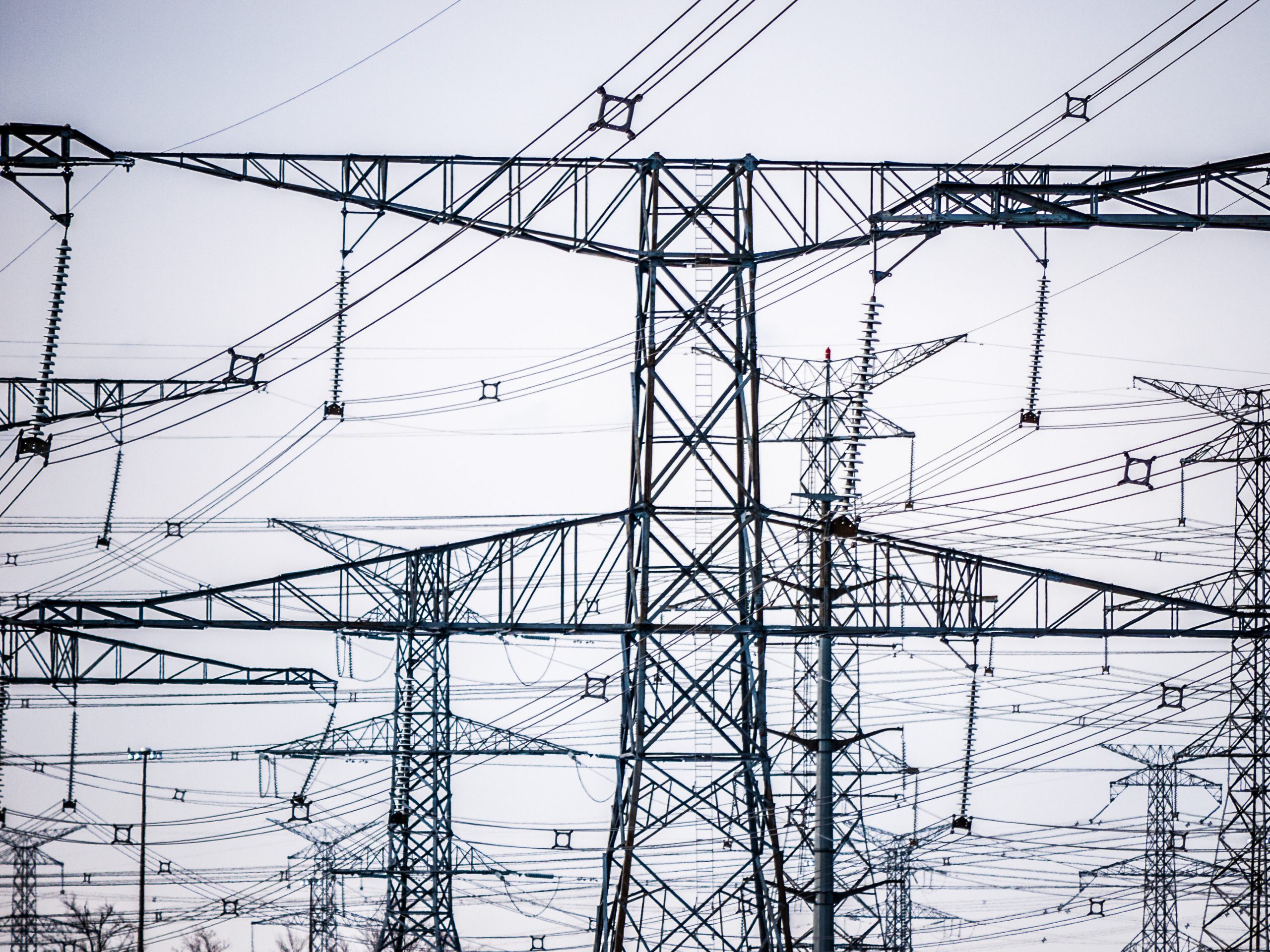
I recently completed a course entitled Conceptual Photography at the Ontario Centre for Arts & Design. A different focus than other photography courses or workshops I have attended; it was conceptual as promised. Ultimately the course was about the process and not specific technologies or techniques. The end result — the outcome — of the…
-
Conceptual Photography #2

Why select transmission towers as the subject? There were a few factors that started me down this track. First and foremost is the ugliness of these towers; the intrusion on the surrounding environment; how they dominate.
-
Conceptual Photography #3
In The Color Photo Book, Andreas Feininger described a process similar to the one we were given in our class. The context of this process was Feininger’s idea of the characteristics of a good photograph: [1] Stopping Power [2] Purpose and Meaning [3] Emotional Impact [4] Graphic Quality. While Feininger’s process was described more fully…
-
Conceptual Photography #4
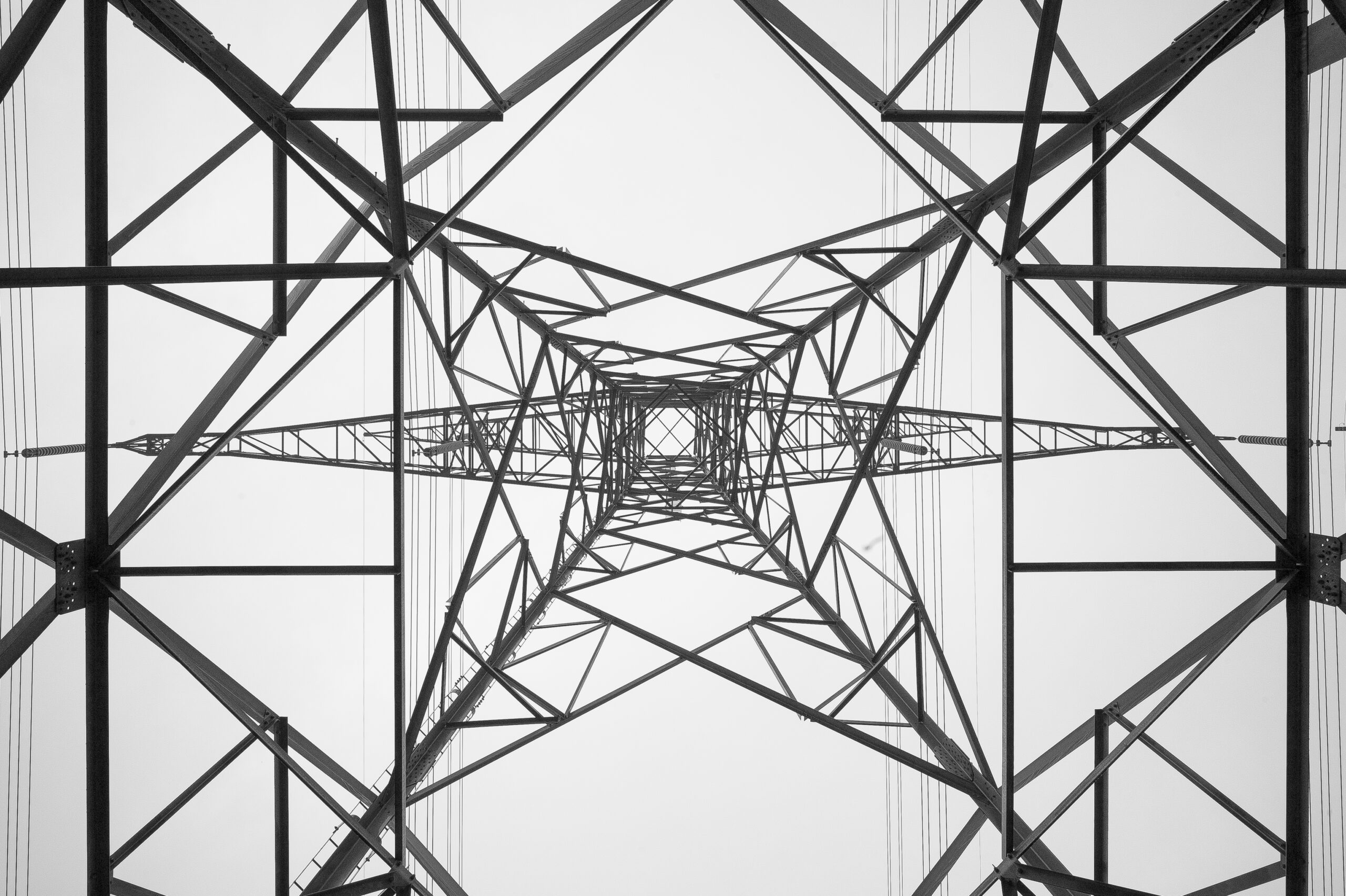
One of the first steps of the process, and one that is revisited until the end, is research; reviewing available materials on the subject at hand. Each dimension researched offers further insight and another point of view on the subject. Research includes things like history; components and construction; related works; other people’s works on the…
-
Conceptual Photography #5

Transmission Towers are comprised of many parts and they themselves are part of the overall electrical grid that includes power generation, transformers, etc. I found myself looking for these components:
-
Conceptual Photography #6
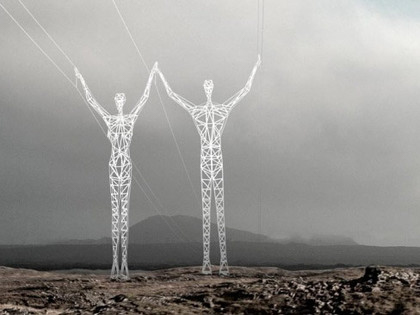
In my research I came across towers designed specifically to reduce visual pollution:
-
Conceptual Photography #7
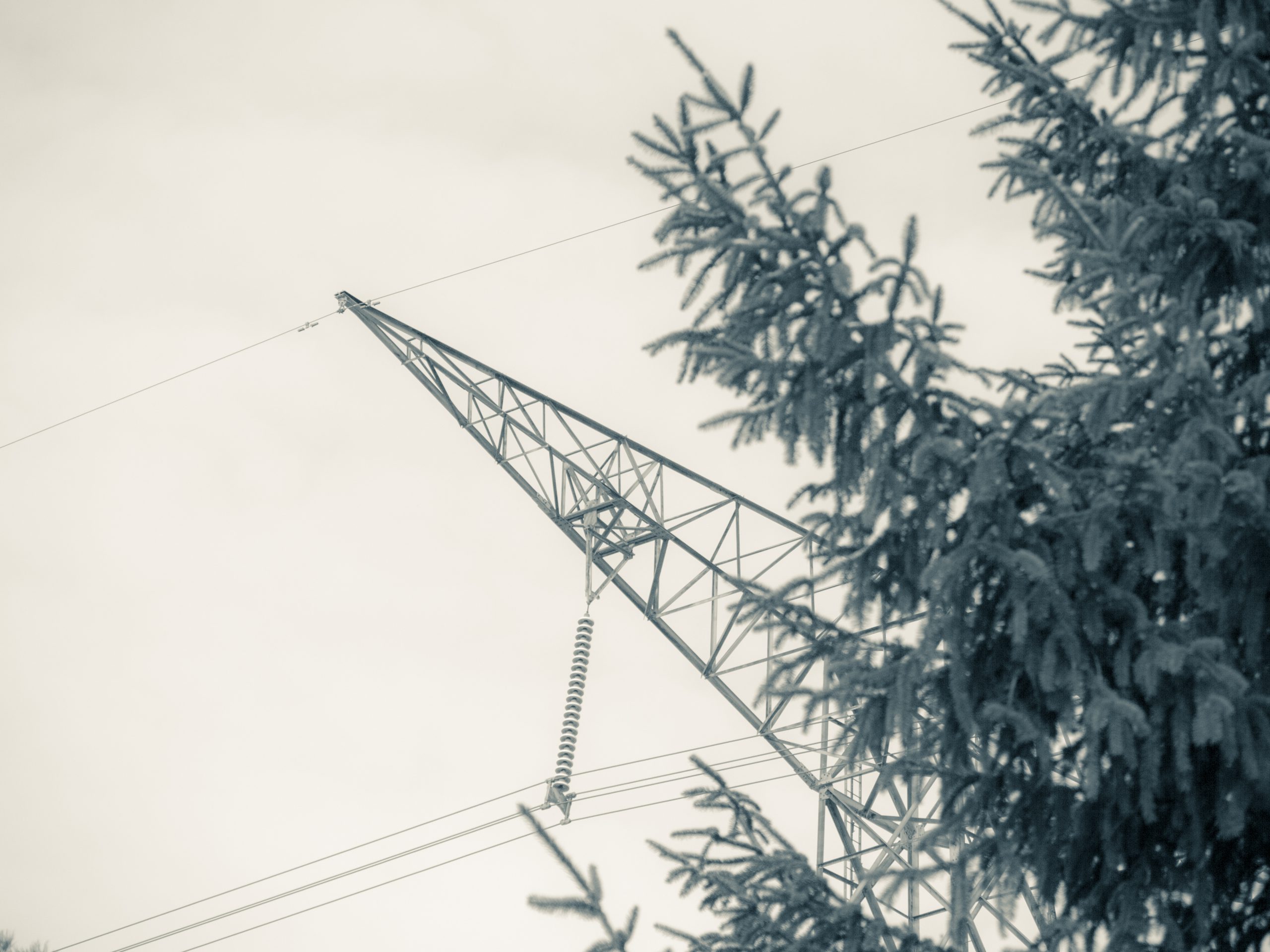
After seeing tower designs intended to fit the landscape I started to notice how existing structures when viewed from the right angle could be seen to blend in.
-
Tower
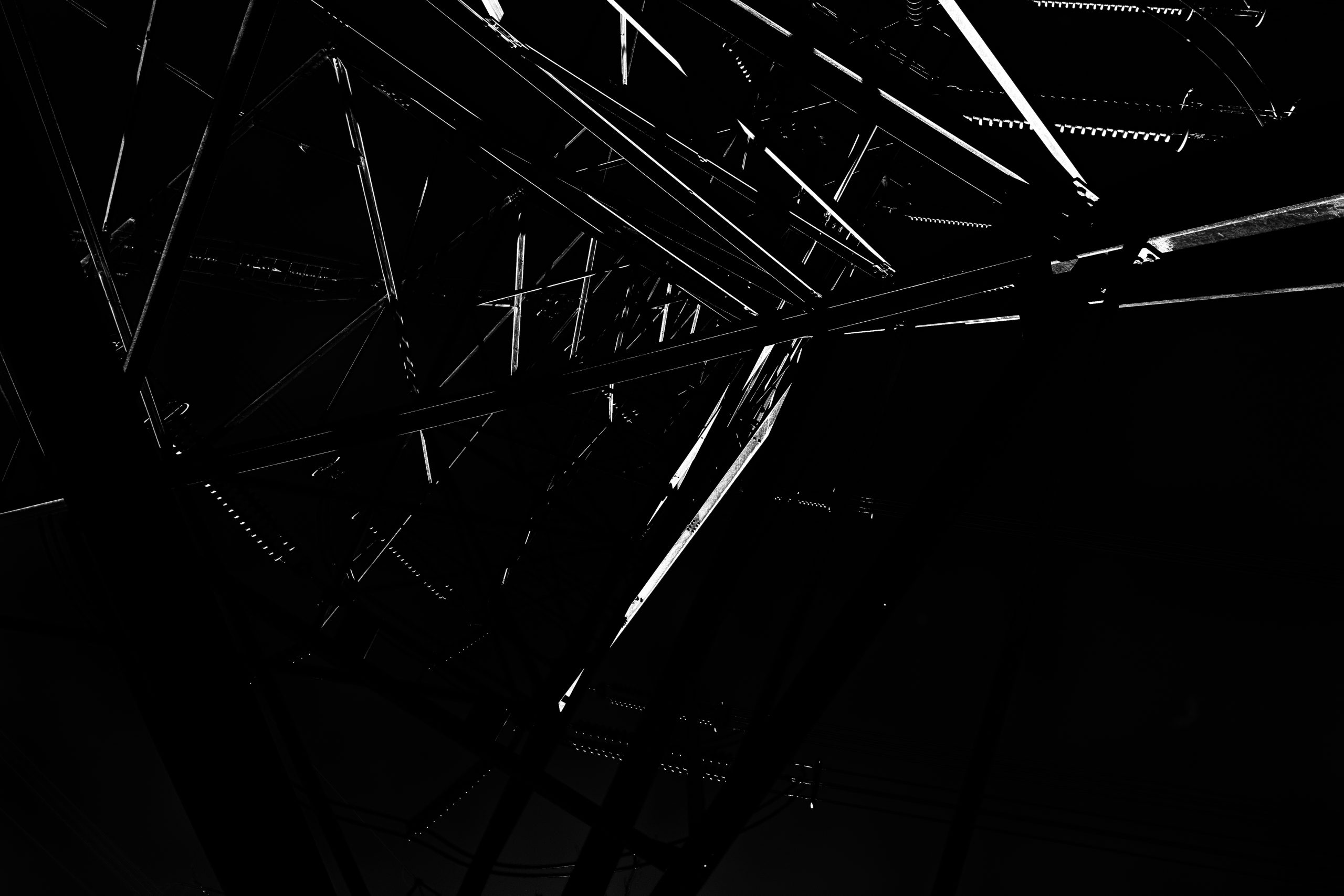
I’ve tried, over the years, to try to understand my fascination with transmission towers. May be it is that they scar the landscape. May be it is the symmetry of their engineering. May be it is that they are hard to shoot; hard to find something interesting.
